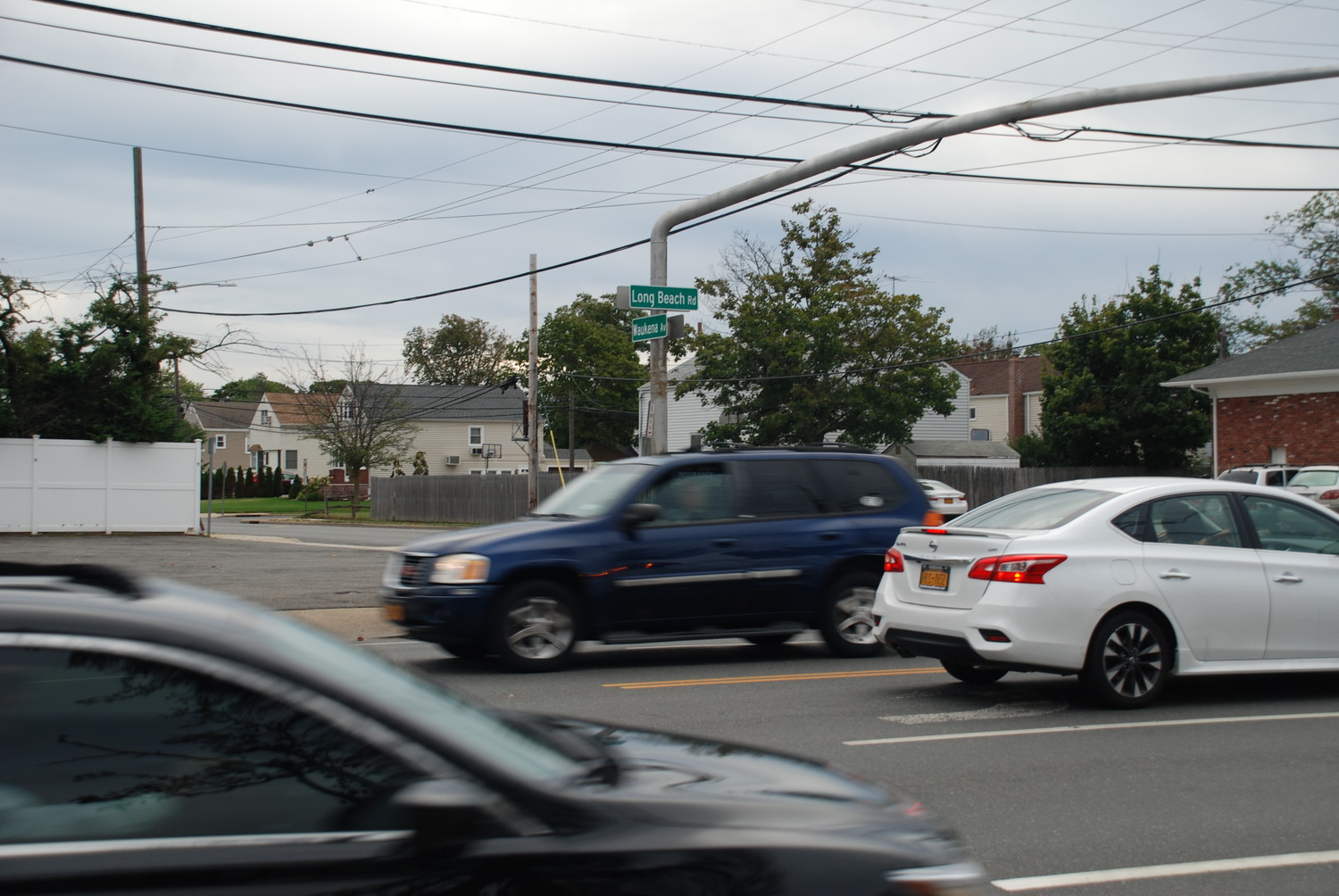Oceanside parents continue call for more busing
A car struck another young Oceansider last week, adding to the concern among parents over their children’s safety as they walk to school.
The accident, which occurred near the intersection of Oceanside and Foxhurst roads around 7:45 a.m. on Dec. 8, resulted in minor injuries. According to a police report, the boy was “up and walking,” but was taken to the hospital as a precaution.
This incident comes after efforts to improve pedestrian safety in Oceanside in the wake of an accident earlier this school year that left a high school freshman in critical condition. A new crossing guard, for example, was added this month to supervise traffic at the intersection of Henrietta Avenue and Long Beach Road.
Oceanside mother Toni Ann Levy Scutellaro, who claimed she had spoken with the driver involved, posted on Facebook that the “car didn’t hit him. He ran into it, and not even in an intersection.” Fire Chief Kevin Klein said that the boy might have been “distracted.”
Scutellaro’s post prompted an online discussion about the problem. Many blamed cellphones as sources of distraction for drivers and pedestrians. Dawn Mannion Snow noted that “The world is changing,” and that cell phones and headphones are “new dangers that we didn’t have when we were going to school.”
Others posted that parents should make sure their kids pay attention to their surroundings.
Snow and others have called for students to have more busing access. For Rachel Reyes, mother of a middle-schooler, the safety of kids who walk to school has been a chief concern. She started a petition in 2016 to get an additional crossing guard for the district, but added that busing was another issue.
According to the district’s website, students in kindergarten through sixth grade must live at least 0.8 miles away to ride a bus to school. For grades seven through nine, the minimum distance is 1.2 miles and for grades 10 through 12, it’s the state-mandated three miles. No students in the oldest age group live more than three miles from their school, according to the district.
“When we went to Oceanside High School, there were less cars on the road and less distractions,” Marguerite Grassing Keller wrote on Facebook. “Times have changed, and so should the busing policy of the school.”
The district has researched reducing the busing eligibility distance for students in grades seven through 12, according to a school transportation department official who asked not to be named. She said that the process is complicated and did not yet have a timeline, adding that she would have more information in the coming weeks.
Oceanside Schools Superintendent Phyllis Harrington and Assistant Superintendent for Business Christopher Van Cott had not responded to the Herald’s request for comment at press time on Monday.
Denise Tembelis, who lives west of Long Beach Road, called her area “the forgotten neighborhood,” because students, including her children in high school, do not have the option to take a bus. Though she said she was happy to see the hiring of another crossing guard, she told the Herald, “I’d rather the money help pay for more bus service.”
Tembelis said that she couldn’t think of a good reason why bus access couldn’t be broadened. “The middle school bus passes my house more than half-empty,” she said, questioning why the routes couldn’t be re-worked to have empty seats filled by upperclassmen.
The unnamed district official said that even though not every eligible student takes the bus, the schools must ensure that they have a seat available, and they can’t give that space to other students.
The school district spends roughly $5.5 million of its $150 million budget on busing, and relies on several bus companies, including Guardian and First Student.
Some Facebook commenters opposed the idea of expanding bus access. “Who’s going to pay for it?” Andrew Sonin wondered. “How much higher do you want your taxes to go up? Drive your kid to school if you’re worried.”
Snow countered, “It’s not about driving the taxes up, it’s about getting what you pay for in taxes.
“It seems we are all comfortable or complacent with being told how school taxes are going to be spent,” she continued, “rather than it being our choice.”







